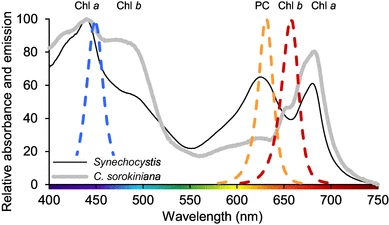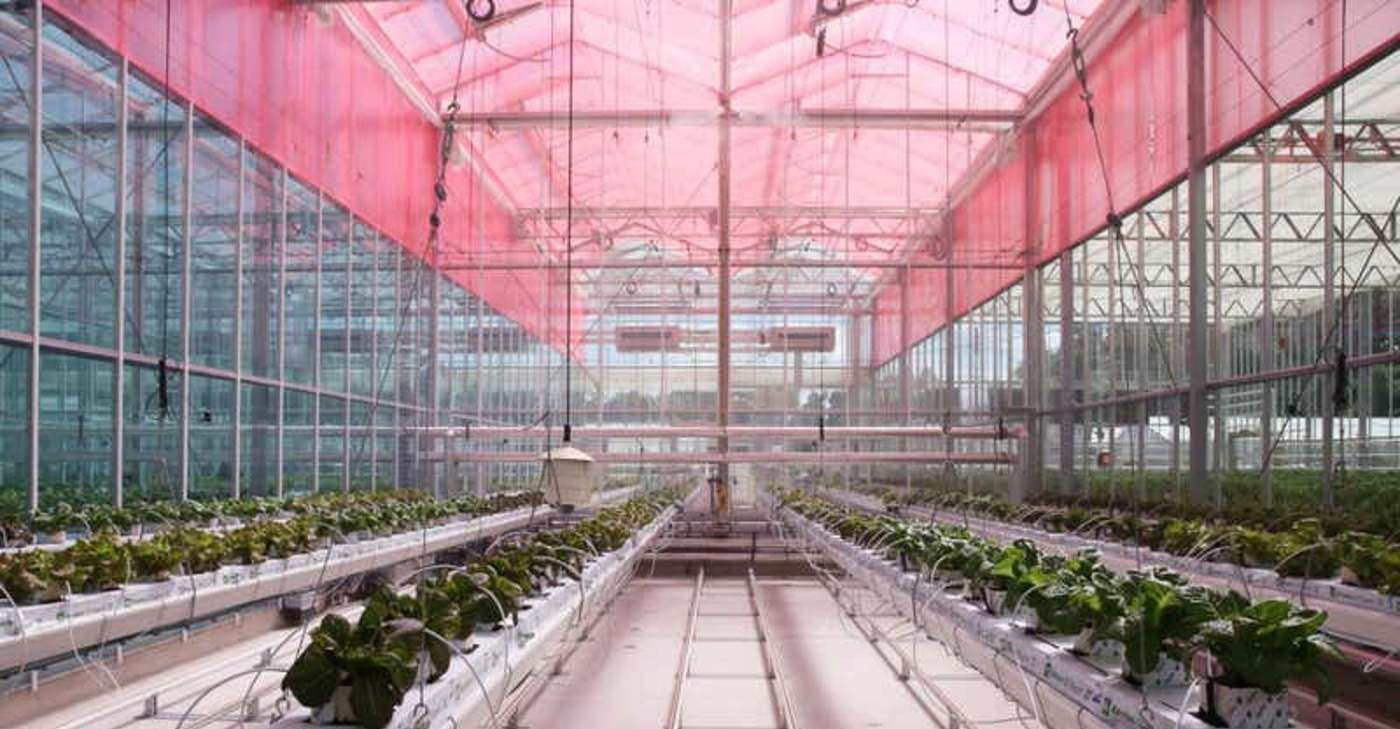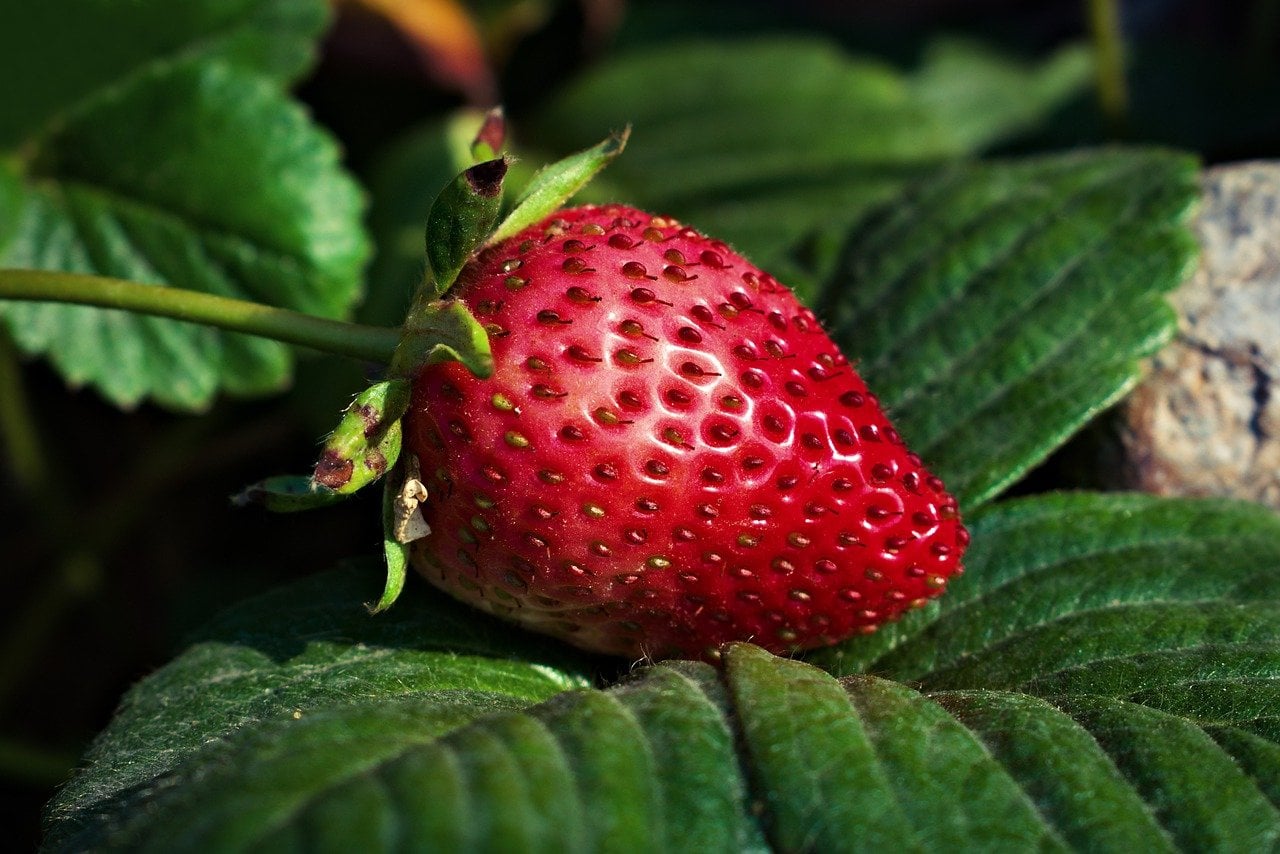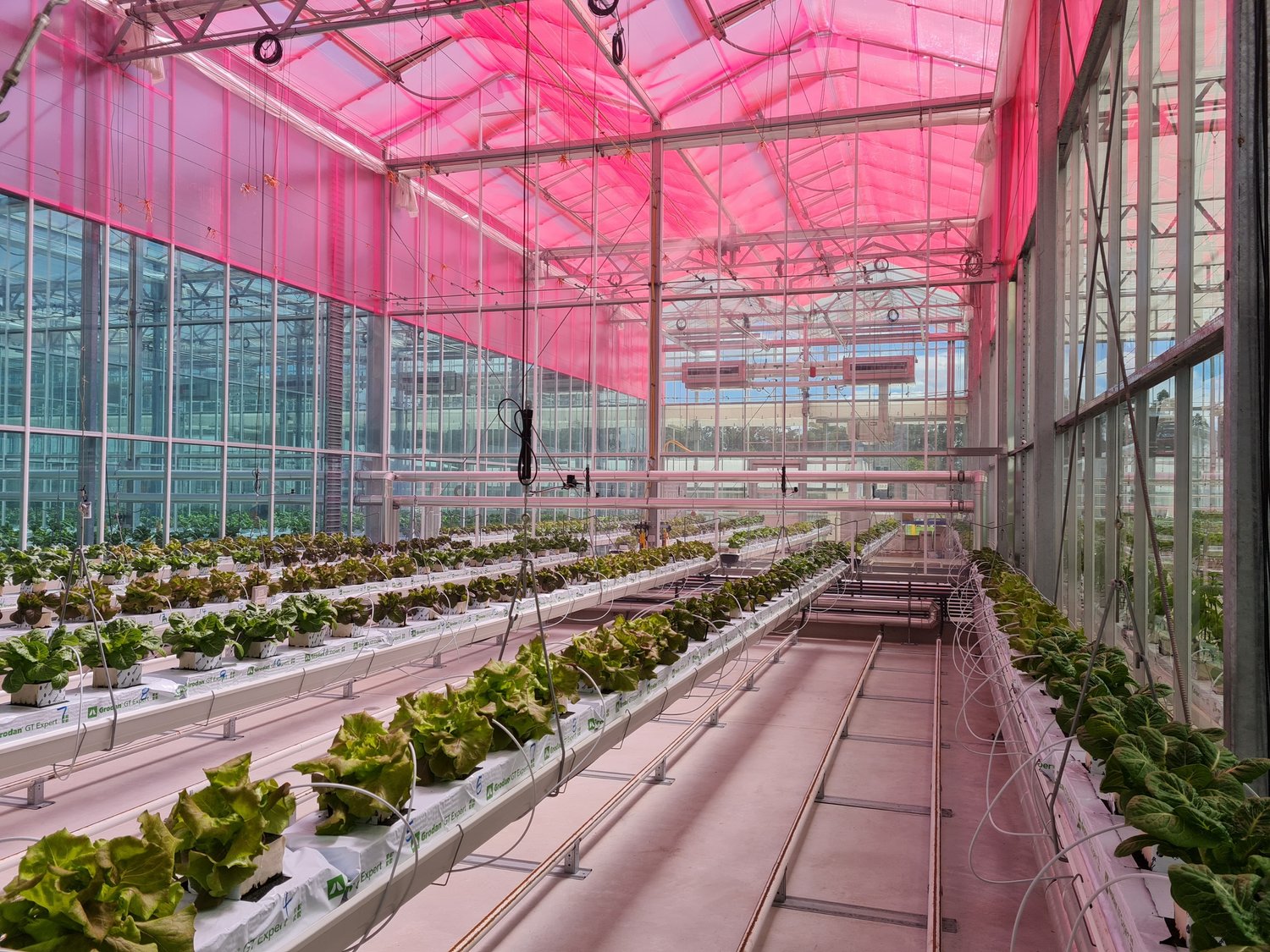Hi Darrel,I still can't see where there is enough difference between the two light absorption curves?
To which two absorption curves are you referring?
JPC
Hi Darrel,I still can't see where there is enough difference between the two light absorption curves?
As Darrel alluded to, and as mentioned in oreo57's post, the problem in interpreting and applying this data is one of magnitude. It's all very easy to get wrapped tightly around the axel about this nanometer, or that response curve. How much does all of that translate to what is in our tank in comparison to the contribution of the wide range of other factors such as CO2, nutrition, genetics, light intensity, flow distribution and so forth?You may be correct but what (scientific) evidence do you have to back up your statement? I'd also like to pick up on your word 'triggered'. I don't see it as necessarily 'triggered'. Isn't it a case of orange light at 625nm having the potential to 'feed' cyanobacteria with light of the very wavelength that it is well-equipped to utilize? Red light at around 660nm is needed by plants as it corresponds to one of the absorption/action peaks of chlorophyll a - as I'm sure you are very much aware. So, red light is here to stay. The other chlorophyll a peak is at 430nm give or take a gnat's whisker. This is at the blue end of the spectrum and, according to Dr Bruce Bugbee*, is very much needed but, in his words, 'shrinks plants'.


These, from the paper you referenced <"Blue light reduces.....">:To which two absorption curves are you referring?


To address these issues, Alexander Soeriyadi and Alexander Falber at the University of New South Wales in Sydney, Australia, developed a material called LLEAF that passively converts some of the green wavelengths in sunlight – which are less important for plant growth – to red ones.
In greenhouse trials, the researchers found that the material increased plant yields by an astonishing amount for various crops, including 37 per cent for pak choi. The material is now being tested in bigger, independent trials run by Western Sydney University and the New South Wales government’s Department of Primary Industries.
David Tissue at Western Sydney University and his colleagues recently completed a trial of the material. They installed it over a greenhouse to cover a 200-square-metre plot of lettuces next to an identical plot of lettuces that wasn’t covered by LLEAF. The yield of cos lettuce, also known as romaine, rose by 14 per cent under the material, while that of butterhead lettuce increased by 27 per cent.
Tissue is now testing LLEAF on cucumbers, with plans for several other crop trials over the next five years. The Department of Primary Industries is trialling it with blueberries, but results aren’t available yet.
One important consideration is whether taking green light from plants and giving them extra red light might harm them, says Tissue. He noticed that lettuces grown under the material had an orange tinge, probably because the altered sunlight changed their composition of carotenoids and other pigments. “But we need to do further research to see if this changes the flavour or nutrition,” he says.

Covering crops in red plastic can boost yields up to 37 per cent
A simple, cheap technology could help to boost food production and possibly allow crops to be grown in different places in order to cut down on food mileswww.newscientist.com
Found this interesting, but rather than create a new thread, I thought it best to add this to the most recent light spectrum thread....
Actually important for crop plants.. High intensity or high blue content generally favors flavor and nutrition.although more research is needed to see if it affects the flavour and nutrition of plants.
The films are made from special dyes that absorb and diffuse photons from the green spectrum of light, and emit it again as red light to increase plant photosynthesis.
They reduce the amount of light which the plants can’t use, and the diffusion of the light they can is done so more evenly, and in a way as to reduce shadows.

 www.goodnewsnetwork.org
www.goodnewsnetwork.org
LLEAF 620 is a low-red spectrum color to boost photosynthesis and increase production in most plants, while for aquatic plants, LLEAF 590 is the best choice for applications where light penetration through water for increased growth rate is required.

It is a transparent plastic with a fluorescent dye that absorbs green wavelengths and gives it back in the form of red. It can be hung over existing greenhouses. As a result, the light inside the greenhouse turns a soft pink. ‘It’s quite beautiful,’ says Soeriyadi.
That was what I was thinking. Sun-light is incredibly bright, so even with the inevitable loss from the conversion process it might still offer advantages.If it's JUST a filter it would decrease PAR
needs clarification.




Technical — LLEAF
www.lleafgrow.com
This the interesting part though based on the chart, the conversion efficiency is quite low - a significant drop in greens and even blues, and only a slight rise in reds.... nevertheless, it seems that certain crops respond to it. Its being tested by a Aussie Govt agency so it seems legit: Smart Glass and LLEAF: novel spectra-shifting tech to boost energy-efficiency, crop growth and yield under cover
However, as it changes light intensity and spectral quality.......
